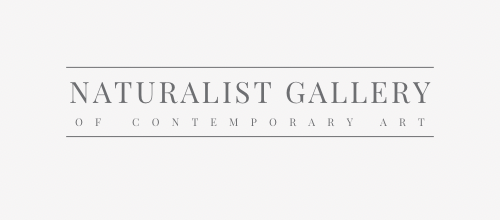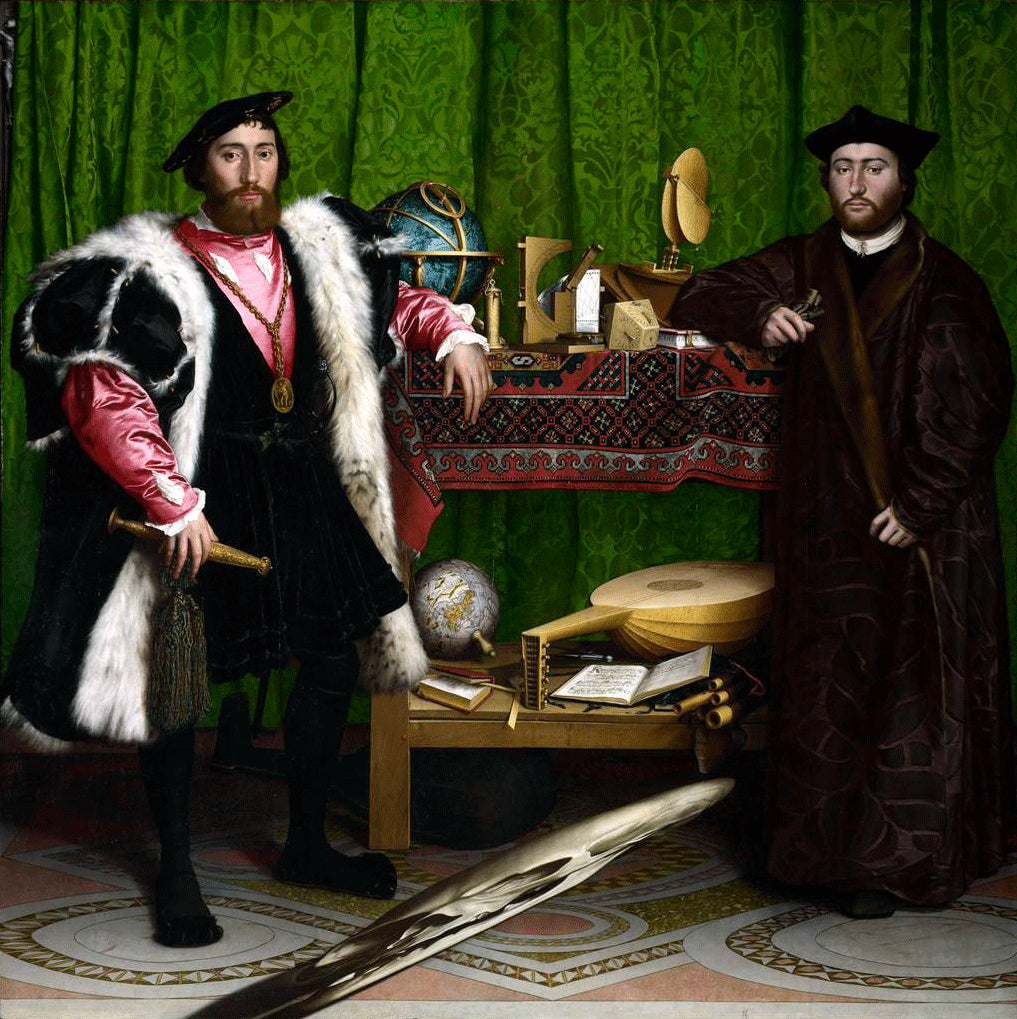Memento Mori, derived from the Latin phrase meaning "Remember that you must die," constitutes a genre of art that has become a tradition for centuries.
"Memento Mori" is a genre of art that confronts the inevitability of death and the transient nature of life. Through symbols like skulls, hourglasses, and decayed objects, it encourages viewers to reflect on mortality and embrace the present moment with greater meaning and purpose.
Le Transi de René de Chalon, Church of St. Étienne, Bar-le-Duc, France (1545-47) Ligier Richier
From paintings to sculptures, these artworks are a haunting reminder of our inevitable mortality and the impermanence of worldly possessions. This article delves into the profound significance of Memento Mori in art history, exploring its origins, symbolism, artistic evolution, and psychological impact on viewers.
Explore our curated selection of contemporary artists from around the globe.
Naturalist Gallery offers artist representation internationally. Apply your art.
-
Understanding the Origins: Memento Mori art emerged from medieval religious practices, serving as a spiritual reflection on the inevitability of death and the ephemeral nature of earthly existence. Over time, the genre expanded to include secular themes, encompassing humanist perspectives that celebrated the importance of seizing the present moment.

Skull (1521) Albrecht Dürer, a prominent artist of the Renaissance era, significantly influenced Memento Mori art. This work is an intricately detailed engraving. -
Symbolism and Themes: The iconography of Memento Mori art is rich with symbolic representations. Key symbols include:
- Skulls: Emblematic of mortality and the certainty of death.
- Hourglasses: Signifying the passage of time and the fleeting nature of life.
- Extinguished Candles: Representing the end of life and the extinguishing of vitality.
- Decaying Objects: Symbolizing the transient nature of material possessions.
The allegorical meanings of these symbols encourage viewers to contemplate the vanity of worldly pursuits, embrace the impermanence of life, and shift focus towards spiritual values.

Vanitas Still Life (1668) by Maria van Oosterwijck features meticulously rendered symbols of vanity and mortality, including a skull, flowers, and a pocket watch.
- Artistic Evolution: During the Renaissance and beyond, Memento Mori art experienced its heyday. Artists like Albrecht Dürer left an indelible mark on the genre through their masterful exploration of mortality's themes.
The impact of Memento Mori art extended to other artistic forms, particularly in the development of Vanitas still life paintings. These compositions incorporated similar symbols to convey the ephemeral nature of life and the pursuit of earthly pleasures.

Young Man with a Skull by Frans Hals (c. 1626) represents a poignant fusion of Memento Mori with portraiture, juxtaposing the vitality of a young man with the inevitability of death symbolized by the skull.
-
Psychological Impact: Memento Mori art evokes a range of emotional responses from viewers, challenging them to confront the concept of death head-on. The initial "yuck" reaction often gives way to deeper contemplation, as viewers engage in "slow looking" to grasp the artworks' profound themes.
These contemplative artworks encourage viewers to reevaluate their priorities, appreciate life's beauty, and confront their mortality with courage and acceptance. By contemplating the impermanence of life, individuals are inspired to lead more meaningful and purposeful existences.

Still-Life with a Skull by Philippe de Champaigne (c. 1671) presents a thought-provoking arrangement of objects symbolizing the passage of time and the certainty of death. This composition invites viewers to meditate on life's brevity and embrace the present moment.
Memento Mori in Contemporary Art: Gavin Coates is a contemporary artist, noted for upholding the tradition of Memento Mori in painting. He exhibits his work in the genre internationally.
Head Pelts (2023) Gavin Coates
Tut (2022) Gavin Coates
Skull on TV (2023) Gavin Coates
These original paintings and others are currently available for purchase at Naturalist Gallery.
View limited edition prints by contemporary artists at Naturalist Gallery.
Memento Mori art is able to transcend time. It invites viewers to contemplate the ephemeral nature of life and the universal inevitability of death. Through its symbolism, artistic expression, and psychological impact, this genre has left an indelible mark on art history, reminding us to cherish life's fleeting moments and embrace the profound beauty found within the cycle of existence. As we engage with Memento Mori artworks, we are prompted to live with purpose, gratitude, and an awareness of life's impermanence.
Mousebird (2023) Gavin Coates
You may also find the following articles helpful:
What is Tone in Art: Understanding Color Value
Comparing All Paint Mediums: A Comprehensive Guide
How to Clean and Preserve Oil Paintings
How to Get Your Work in an Art Gallery
How to Sell Art on Consignment
Featured Image: The Ambassadors (Holbein) (1533) Hans Holbein the Younger

